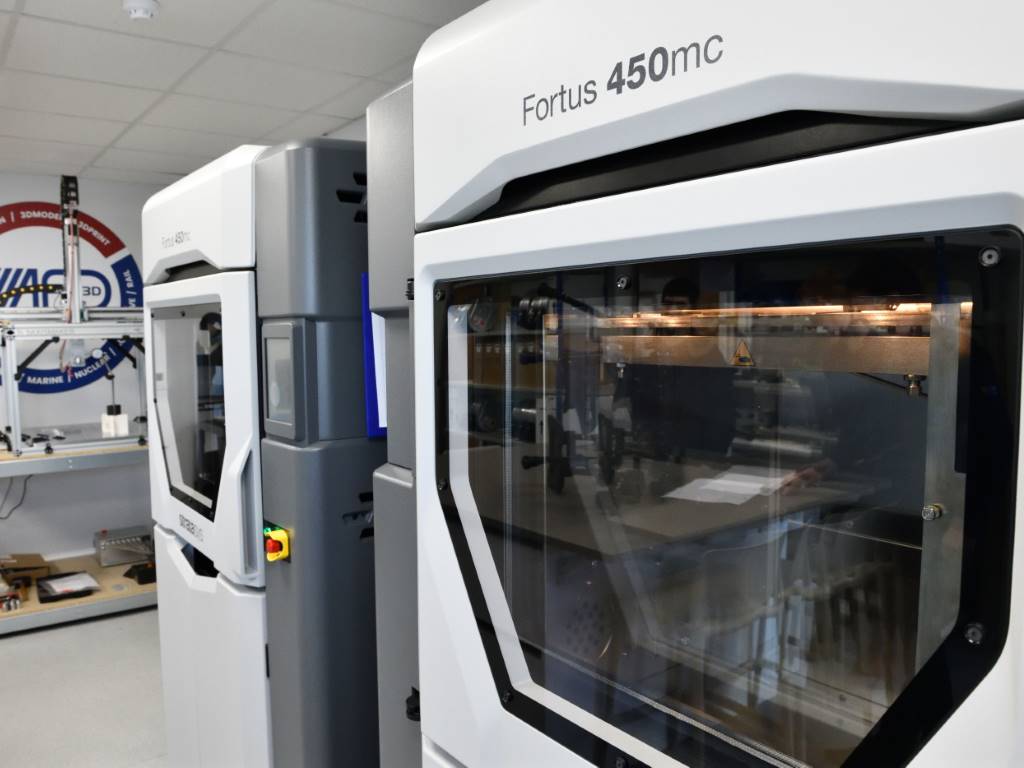Smart tools for smartphones

With 95% of UK households having mobile phones, how often do subscribers stop and think about how that small but very powerful computer in their pocket is made? Very few, no doubt.
But both conventional and laser-based tool manufacturing machines have for some time been used to produce the sometimes very small (1.8mm) diameter PCD and CBN tools needed by smartphone manufacturers to machine the glass and ceramic components inherent in today’s devices.
Indeed, machines from both Walter and Ewag, and nowadays especially Ewag’s Laser Line Ultra and Laser Line Precision models, have consistently proven effective in the manufacture of successive generations of new phones – producing tools from just 1.8mm up to 8mm diameter, to machine the plastics or metal cast housings.
Very often – says Walter Ewag UK, a member of the United Grinding Group – the diecast moulds are being machined by tools produced by Walter Helitronic tool grinders/erosion machines and Ewag laser-based tool manufacturing machines.
“These so-called 3C tools (tools for Computer, Communication and Consumer electronics) now also embrace PCD types. On the Apple iPhone 6, for instance, the bevel on the aluminium housing is machined using PCD profile cutters produced on Ewag laser-based machines. On the iPhone X, however, stainless steel is integrated into the housing frame so CBN cutters (also produced on Ewag laser machines) are used rather than diamond-coated tools.”
With new demands on design and technology, materials such as glass and ceramic are increasingly being used. These materials offer a number of advantages, including excellent reception quality. In principle, metal housings shield wave transmission in wireless communications so, in devices with a metal housing, this is used for the antenna. It therefore must be shielded from other integrated metal parts, and this is achieved with plastic strips.
Such shielding is not required on phones with a glass or ceramic housing. And, of course, glass and ceramic are more sustainable than plastic, for instance, and allow greater freedom of design. But due to their brittleness, hardness and low thermal conductivity, glass and ceramic place specific demands on the tools needed to machine them.
As a result, Ewag regularly receives customer requests for 3C tools with highly specific geometries – tools that are capable of producing very small internal radii and shoulders, as well as tiny turned parts.
In conventional tool manufacture, such tools would have to be manufactured and assembled from a variable number of parts but, using the Laser Line Ultra machine, for example, they can be produced fully automatically and in one set-up.
Walter Ewag UK www.walter-machines.com













